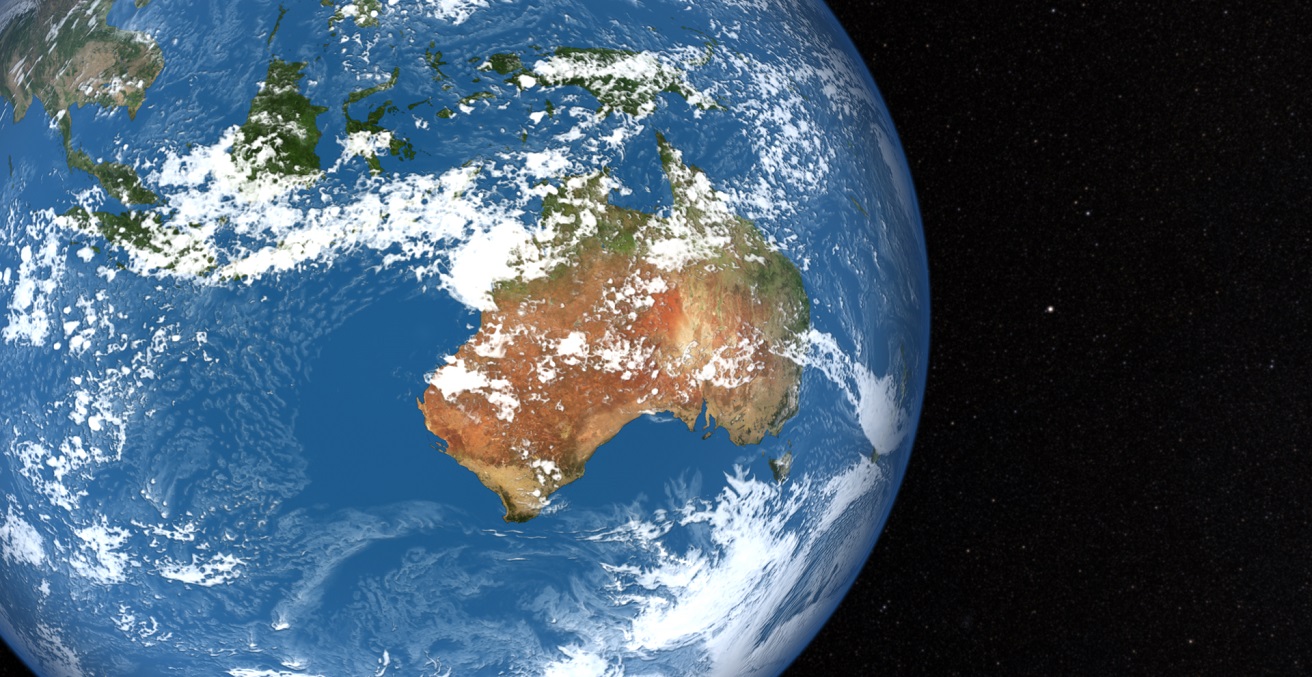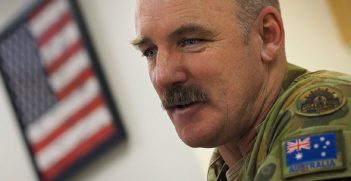Space: Australia's Final Frontier?

Until now, space has been a step too far for the Australian government, but next week’s gathering of international space leaders in Adelaide could be a turning point.
The 2017 International Astronautical Congress (IAC) will take place in Adelaide on 25-27 September and the world-leaders of space are coming to Australia.
The lineup includes a panel of global space agency chiefs, including the heads of the European Space Agency (ESA), the Russian Space Agency (ROSCOSMOS), the Canadian Space Agency (CSA), the National Aeronautics and Space Administration (NASA), the Japan Aerospace and Exploration Agency (JAXA), the Indian Space Research Organisation (ISRO) and the China National Space Administration (CNSA), but not the Australian Space Agency. Why? Because Australia is the only country in the OECD that doesn’t have a space agency.
Global revenue from space activities was US$323 billion (AUD$405 billion) in 2015 and it grew at 9.5 per cent from 1998 through till 2015. Forty years ago, 80 per cent of that revenue came from government spending but in 2015 it was only 24 per cent with the rest coming from the commercial sector. The Australian space sector is only 0.8 per cent of the global industry and, in the words of the Expert Reference Group reviewing Australia’s space industry capabilities, “Australia risks being left behind”.
When Australia launched the first Sky Muster satellite in 2015 it was built in the US by Space Systems Loral (SSL) and launched by European Arianespace. On the same Arianespace rocket was an Argentinian satellite designed and built in Argentina by an Argentinian-owned company. It makes it easy to see why the Australian government needs to conduct a review into Australia’s space industry capability.
Calls for a national space agency feed off this apparent lack of capability. The Minister for Industry, Innovation and Science Arthur Sinodinos’s comment when launching the capability review—“this is really about setting the scene for developing a space industry in Australia”—demonstrates just how far behind the government is starting from.
Comments like that suggest an Australian space industry doesn’t exist; however, it’s government programs for promoting Australian commercial participation in the space sector that require developing.
Civil space coordination in Australia rests within the Department of Industry, Innovation and Science with its Space Coordination Committee bringing together 14 government departments involved in space activities. This is an internal government instrument that supports internal government activities in space, which is only 24 per cent of the space activities that occur in Australia.
The lack of internationally comparable support for the Australian commercial space sector is a byproduct of historical reliance upon US capability. Australia has participated in the US earth-observing Landsat mission since 1975, and the tracking stations located in Australia have long been critical to the program. Traditionally, Australia has traded on this location advantage for satellite access. Over time this has led to a structural reliance within the Australian government on civilian US space capability and created corresponding deficiencies within Australia.
Even though the shape and size of Australian government participation in space and its related industries has shrunk year-on-year, the structural reliance of Australia on the US for critical civilian space access has not. Offers to hedge this risk have cropped up throughout the past 40 years. In 1977, the ESA offered Australia associate membership status; the government turned the ESA down.
Associate membership with the ESA would offset some of the risk involved in only having one country provide nationally critical access and would give Australia access to ESA satellite data and ESA projects, however Australia has repeatedly turned the ESA down over the past 40 years. This counterintuitive behaviour is tied to the Australian relationship with the US.
It is also indicative of a deeply unimaginative government. Rocket Lab has just this year begun conducting test launches from New Zealand. As part of getting to launch stage, the company spent two years working with the New Zealand government to negotiate rights to export rockets from the US to New Zealand. It’s not something the US lets happen easily. However, the result is a launch site with the largest azimuth in the world, meaning that launches can be done at a wide range of orbits without worrying about air traffic.
The current review into Australian space industry capability conveniently overlaps with the IAC in Adelaide and rumours have been floating that the government will announce the creation of a space agency during the event. Whether or not this happens is perhaps a secondary consideration to the format that any renewed focus on space might take.
Long-term funding for government programs promoting a domestic commercial space industry is essential, both for the major players and the startup companies entering the scene. There is little point in creating an Australian space agency if it can be defunded at the next election. That is what happened to the Australian Space Research Program in the 2014 budget. Without long-term funding security, national space capability cannot be created and Australia will miss out on participating in this essential industry of the future.
Thom Dixon is a young leader with the CSIS Pacific Forum and a project officer within the Office of the Deputy Vice-Chancellor (Research) at Macquarie University. He is a councillor with AIIA NSW.
This article is published under a Creative Commons Licence and may be republished with attribution.





